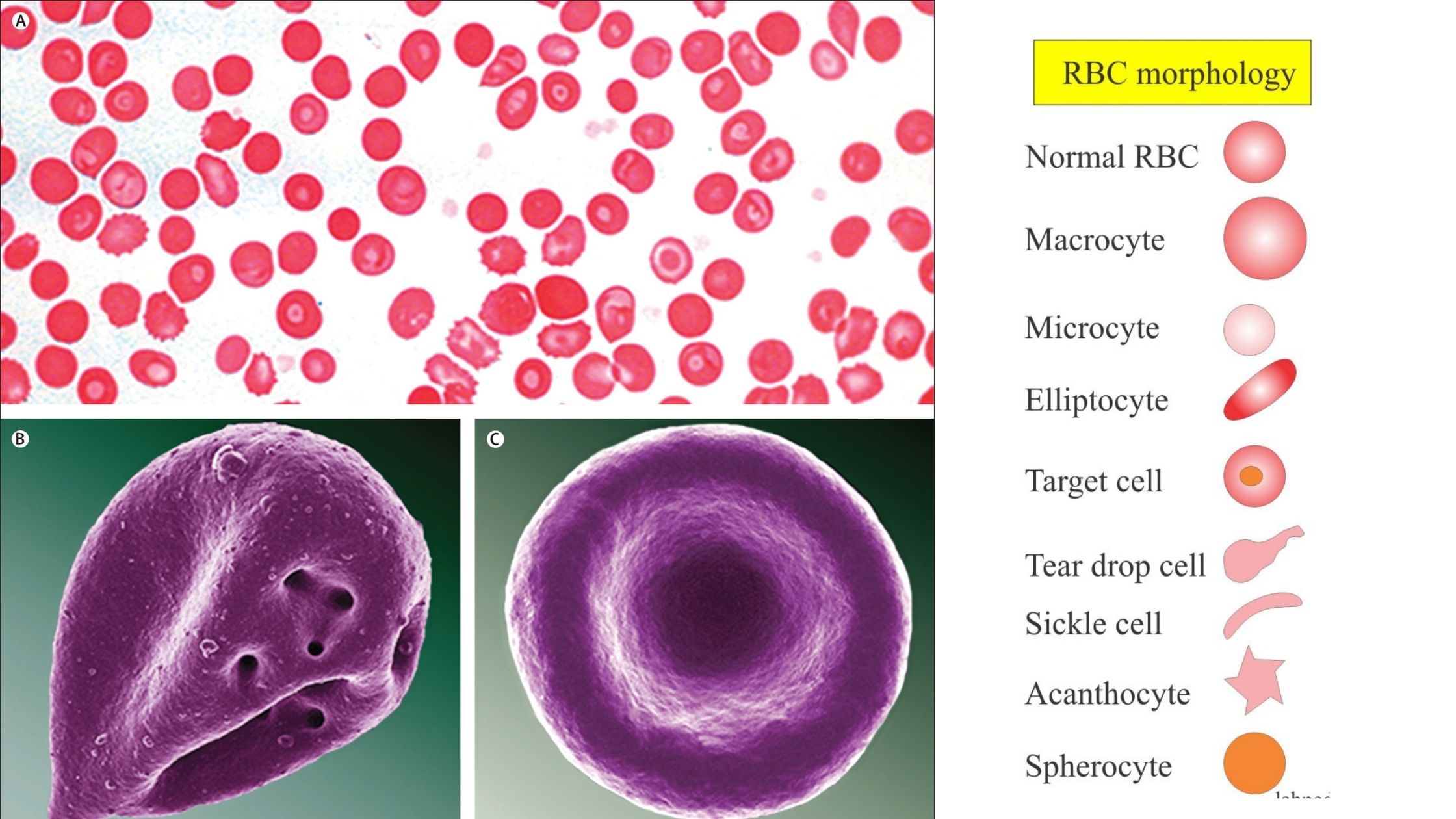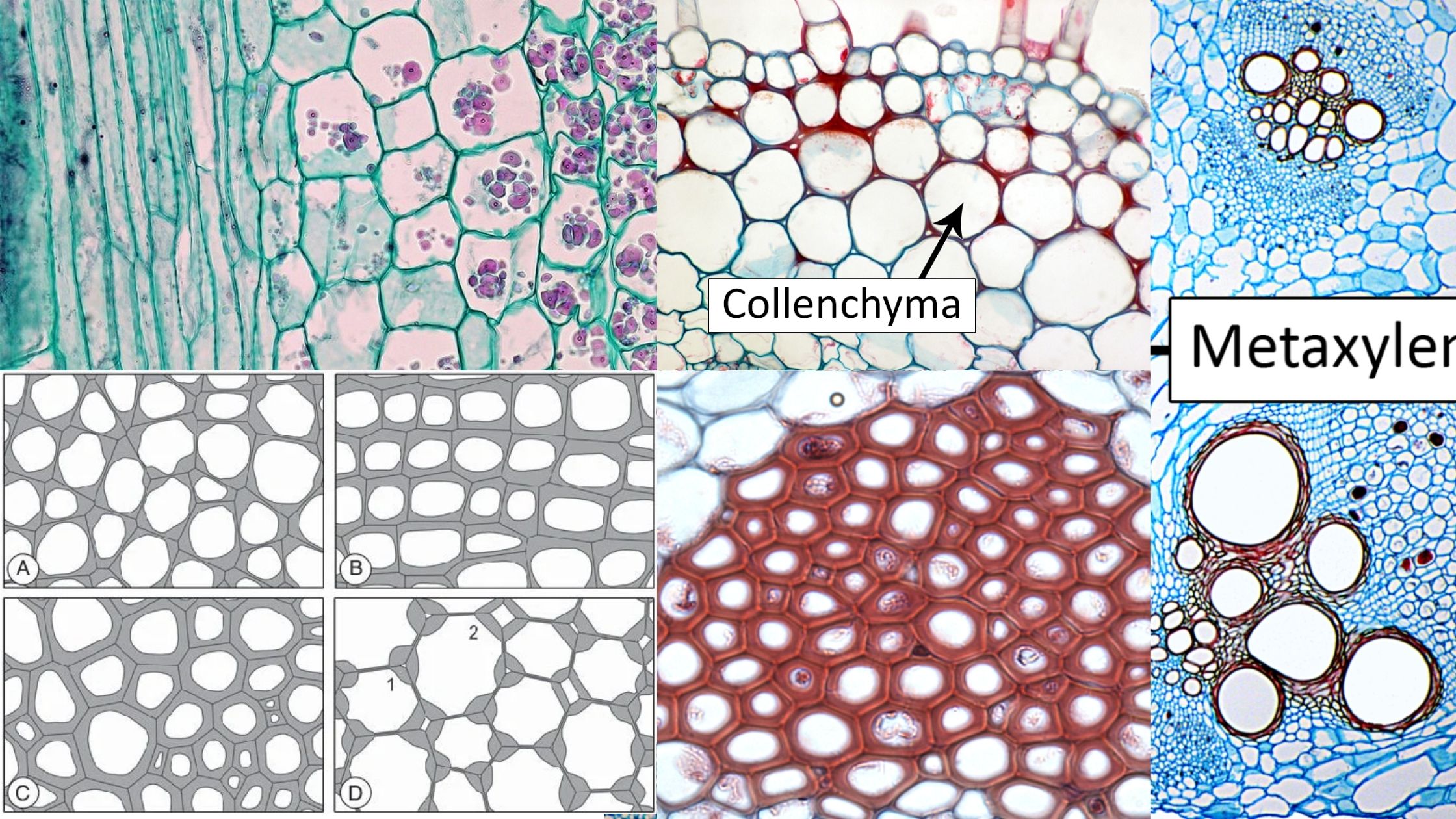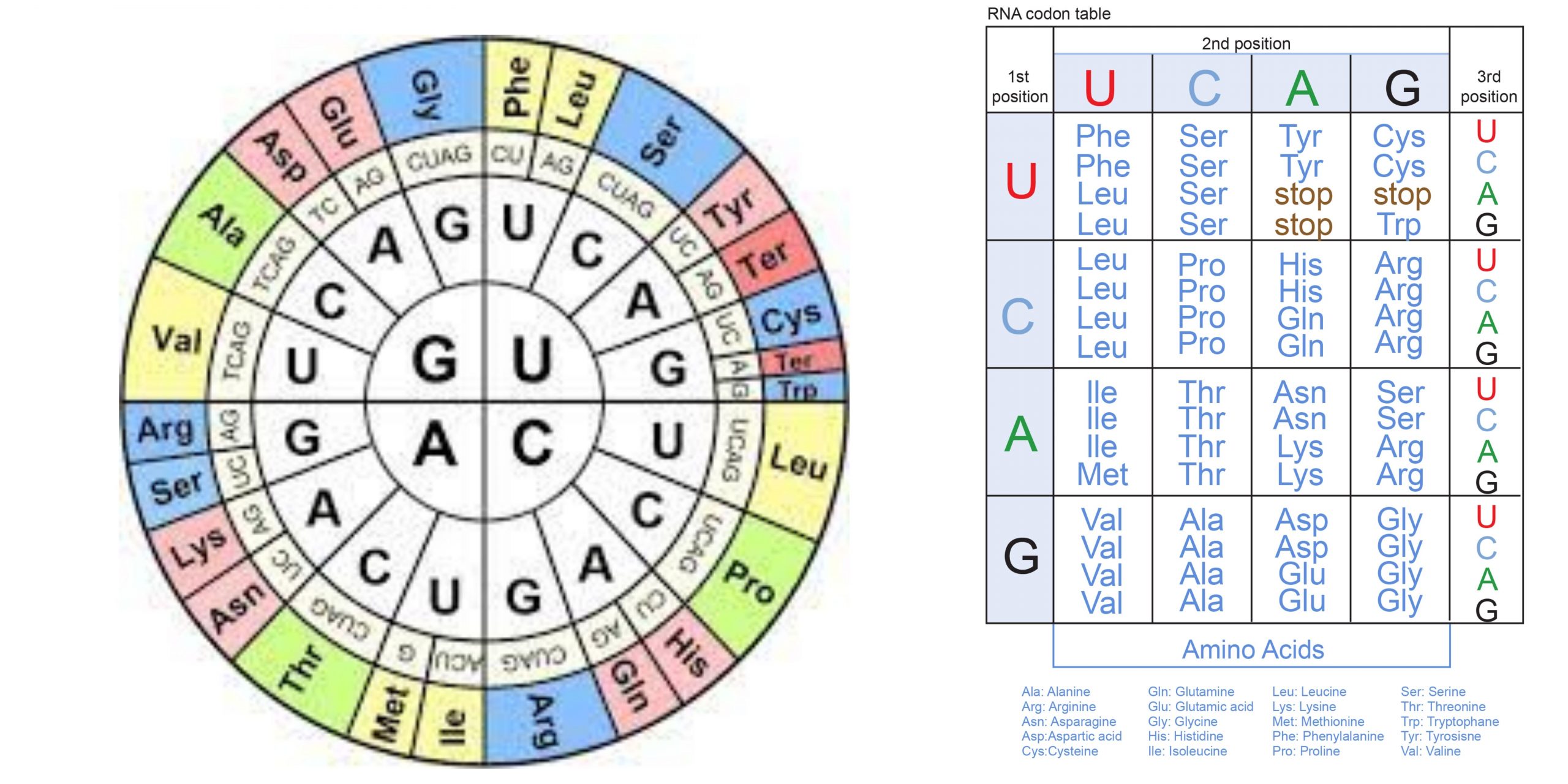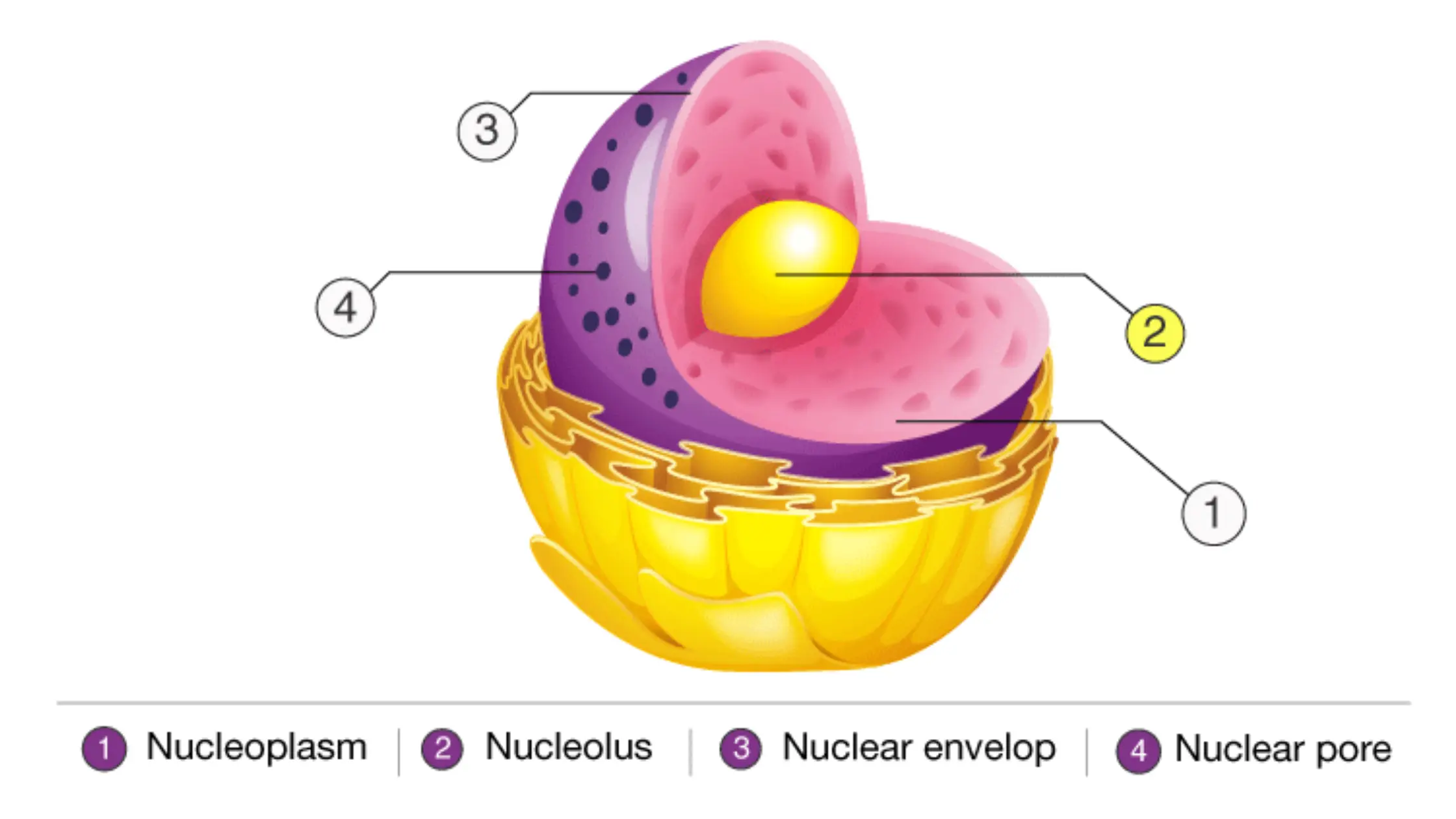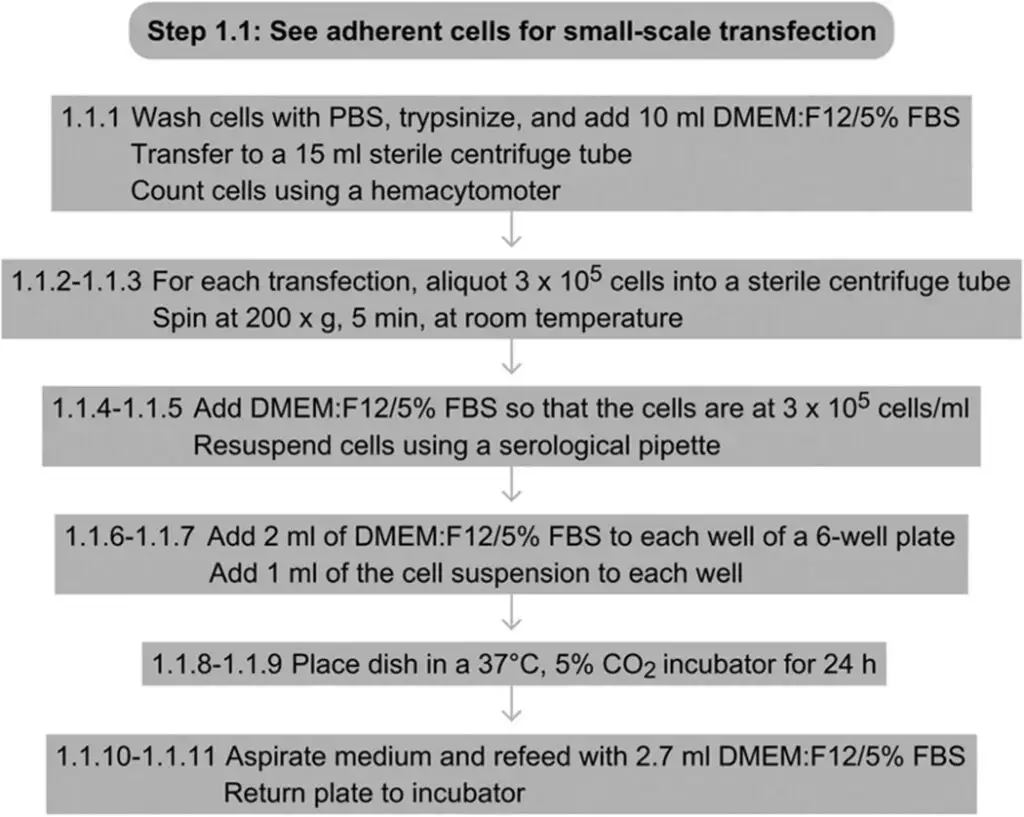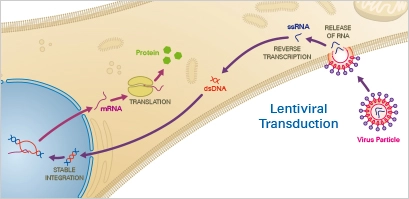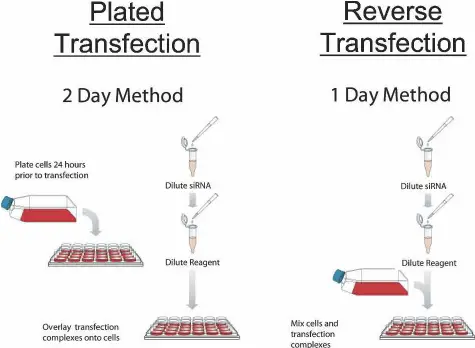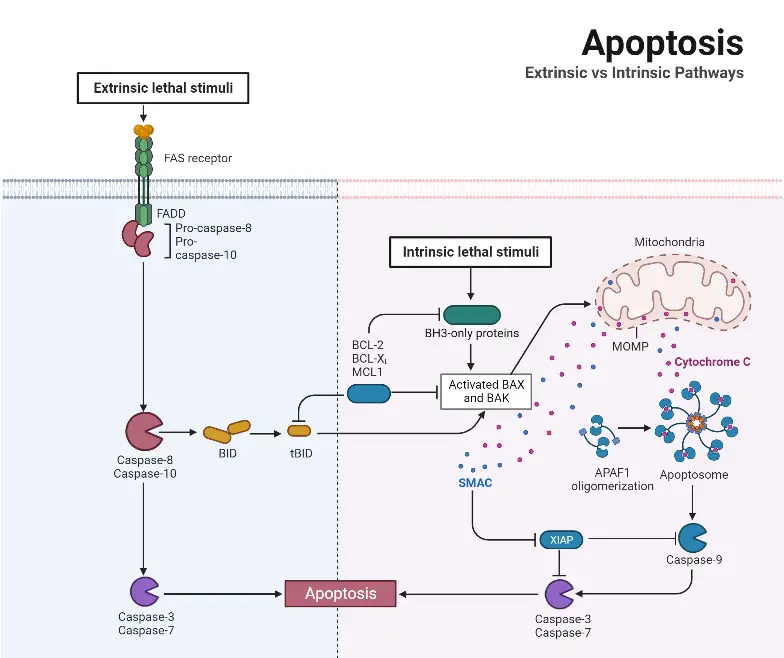Red Blood Cell – Morphology, Size, Shape, Color and Inclusion Bodies
Red blood cells constitute the primary cellular component in blood. Red blood cells that are mature are biconcave discs which have no nucleus and are devoid of most cell organelles , including the lysomes, endoplasmic-reticulum and mitochondria.
